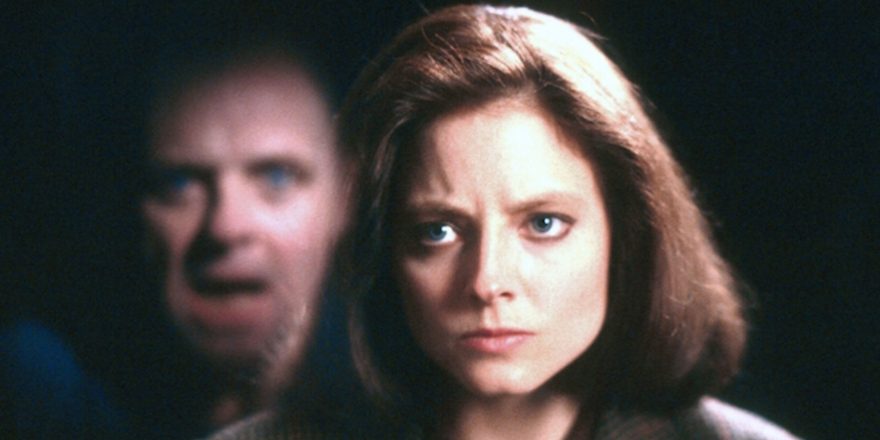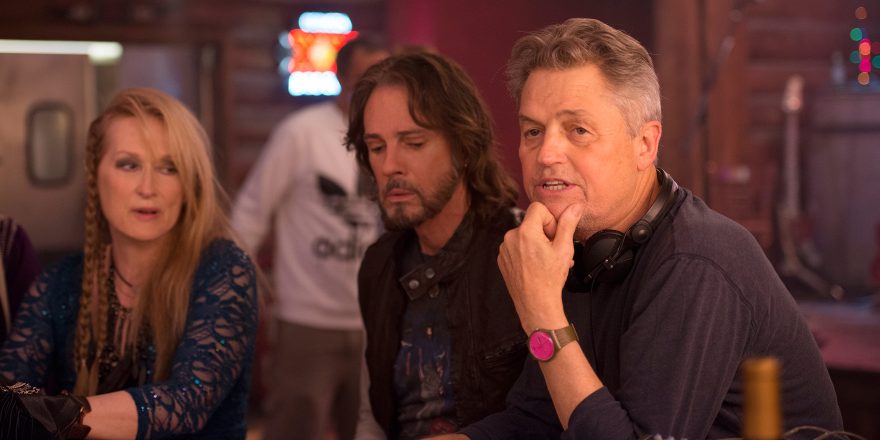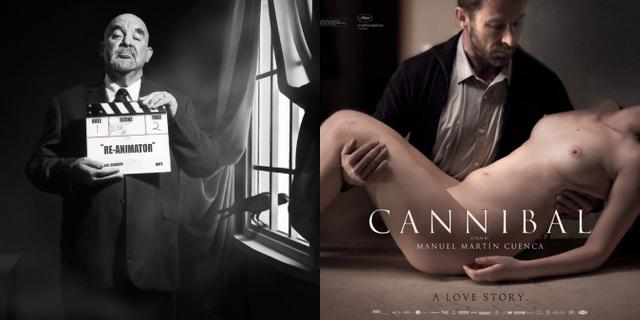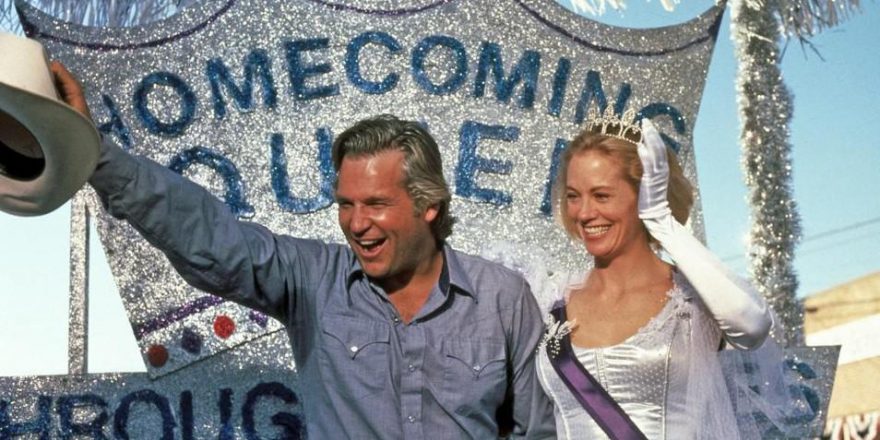The Silence of the Lambs turned 30 on Valentine’s Day. That either feels like a sick joke (hearts are one of the movie’s visual motifs) or part of its larger accomplishment: Silence won all five of the major Oscars at the 64th Academy Awards on March 30, 1992, more than a year after its release and remains the only horror movie in the 93-year history of the Oscars to win Best Picture. But when I just said “The Silence of the Lambs” did you first think about how long it spent in theaters or that it defied the conventional wisdom of awards season? Or were your next thoughts of an iron face-mask and fava beans with a nice Chianti?
The legacy of The Silence of the Lambs is a lot bigger than our first thoughts of it. The flock sired by the film – a new kind of feminist hero, a reshaping of cinematic villainy and an early attempt at onscreen gender fluidity – continues in pop culture far beyond the franchise’s sequels and prequels. A face mask and fava beans barely touches on it.
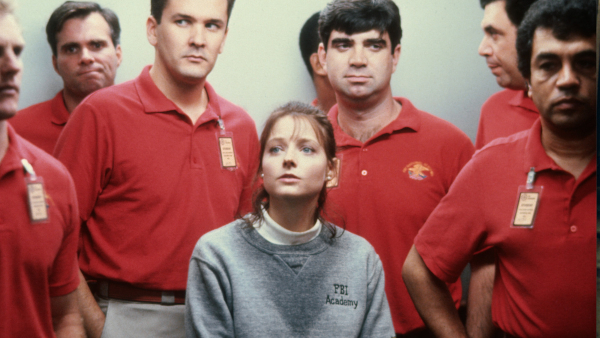
The FBI Behavioral Science Unit had been around for at least a decade when author Thomas Harris began his research for the 1988 novel on which director Jonathan Demme’s movie is based. The unit wasn’t new, but mention of it in pop culture was. So were its women agents. Harris based the character of Clarice Starling on Agent Patricia Kirby, the first female member of the division to make a career out of interviewing serial killers.
In Silence, Clarice Starling is a rookie rather than an experienced agent, but she nevertheless became an instant feminist pop-culture icon. Without her there would arguably be no Buffy Summers or Marge Gunderson a few years later. And the character’s impact can also be seen in the large number of female characters on Criminal Minds or Jessica Chastain’s tough CIA analyst in Zero Dark Thirty a few decades later, women in law enforcement who make their vulnerabilities and fears part of their success on the job. With any luck, we will see the same in the new CBS TV series Clarice, the story of Agent Starling as an expert rather than a rookie.
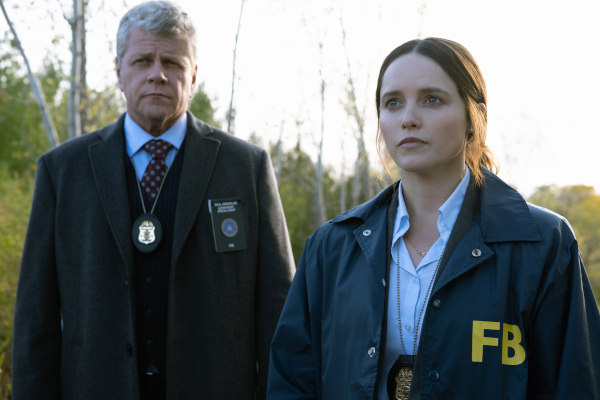
Clarice is set in 1993, just when criminal profiling started showing up in pop culture. Before The Silence of the Lambs, entertainment plots turning on how serial killers thought belonged mostly to supermarket paperbacks and tabloid-inspired television, in tones both high (Unsolved Mysteries) and low (A Current Affair). The echo of serial killers and profiling from The Silence of the Lambs may have been faint in its mid-’90s younger siblings like Se7en and Copycat, but soon after it would become deafening thanks to shows like CSI and Criminal Minds in the decades that followed.
And what of those killers profiled? Hannibal Lecter is on screen for 16 of the 138 minutes of Silence, and I need to remind myself every time I watch the movie that the actual villain is Buffalo Bill. Anthony Hopkins won a Best Actor Oscar for making the most of those 16 minutes and screenwriter Ted Tally (who also won an Oscar) unquestionably gives him all the best dialogue (have you seen one of Clarice Starling or Buffalo Bill’s lines parodied anywhere?). But while the character of Lecter and Hopkins’ portrayal of him were initially groundbreaking, its long-term impact has been lost in turning “Hannibal Lecter” into a synonym for “movie bad guy.”
Before Hannibal Lecter, serial killers in movies were society’s throwaways: Freddy Krueger, Jason Voorhees, Michael Myers all with backstories of being run off by neighbors with pitchforks. Earlier examples – Peter Lorre in M all the way through Scorpio in Dirty Harry – were as pathetic as they were terrifying, not eminent professionals with high taste in wine and classical music. Hannibal Lecter popularized the idea that an onscreen killer terrified us not because of how oddball they were but how much they had what we wanted – charisma and success (Christian Bale in American Psycho), privilege (Andrew Scott’s Moriarty in Sherlock), class and refinement (Kilgrave in Jessica Jones). Lecter and his disciples scare us not just because of our childhood fears but our adult desires.
Somewhere between The Silence of the Lambs and Clarice, that new take on villainy got blotted out by the old one. Posters of subsequent films featuring Lecter – Hannibal (2001), Red Dragon (2002) and Hannibal Rising (2007) – all centered on the terrifying red-eyed gaze of Lecter, rendering him as a boogeyman no different than Jason, Freddy or Michael, severed heads on a bloody Mount Rushmore. AFI’s “100 Greatest Villains list” (2007) has Lecter at #1 next to Norman Bates (#2) and Darth Vader (#3). What makes each of them unique gets drowned out by our shudders.
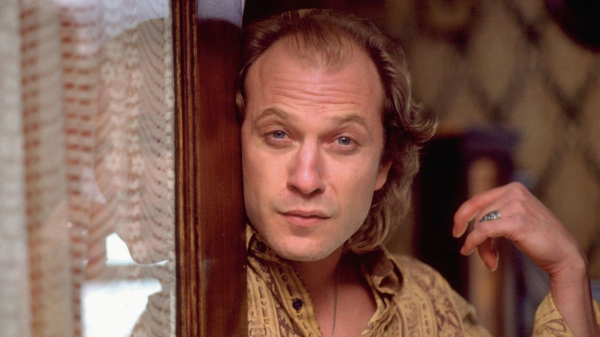
Buffalo Bill’s influence is, oddly, bigger: The character generated a ton of controversy as a homophobic example of what Philadelphia screenwriter Ron Nyswaner called “a murderous transvestite” that the hero can “blow 5 million holes through.” (Another 1991 Best Picture nominee JFK linked homosexuality to lying and treason, and Basic Instinct, a massive hit Silence made possible, ostensibly gives the female villain a lesbian lover only to make her seem more deadly.) Actor Ted Levine maintained, at the time and still, that he played Buffalo Bill as a heterosexual man with a pathological hatred of women and the female half of himself. Perhaps. Levine comes from the same generation of Chicago actors as Michael Rooker (Henry: Portrait of a Serial Killer) and John Malkovich (In the Line of Fire), who had career milestones with complicated, human portrayals of serial killers. Since this ecosystem mostly produced actors concerned with work rather than public image, I’m disinclined to believe Levine said this just to stay out of trouble.
It would be another decade before director Patty Jenkins in Monster could have a killer in a lesbian relationship and not have the relationship seem like the reason for the crime. In The Silence of the Lambs, the treatment of gender nonconformity is fumbling and underwritten, but at least not a silly plot device to remind us of the hero’s virility. Buffalo Bill’s naked dance before the mirror works equally as an example of the character’s sickness, charisma and conflict. It’s an attempt to do something more complex with cinema’s historically moronic link between gender nonconformity and violence, but it’s just a single moment – right before killer and hero face off – and therefore can feel instead like another bigoted reminder of why we’re supposed to hate Buffalo Bill.
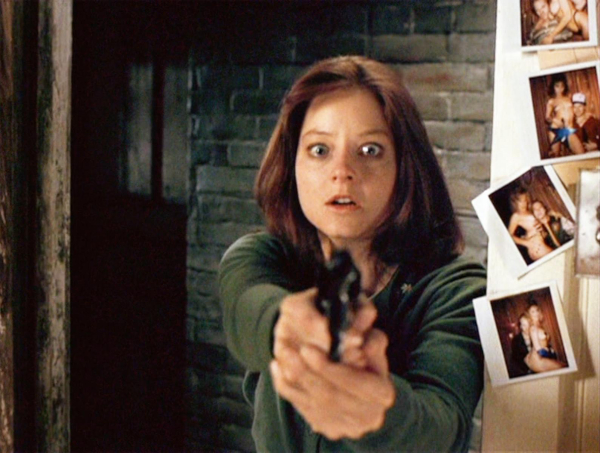
Great movies by definition live on well after we meet them. But what exactly we remember about them tends to be a fraction of the whole, all of its gifts to us remembered as only a quote, an image, a meme.
We can also do better and more. I directed a movie myself last year. You find out real quick that no filmmaker can legislate the relationship audiences will have with what you made. They are entitled to their own favorite moments, even if they aren’t yours. At the same time, just as we see the people we love as complex things, full of trapdoors and sliding panels, we understand that movies we cherish are that way too: Their descendants many, their impact a long echo instead of a scream followed by silence.


